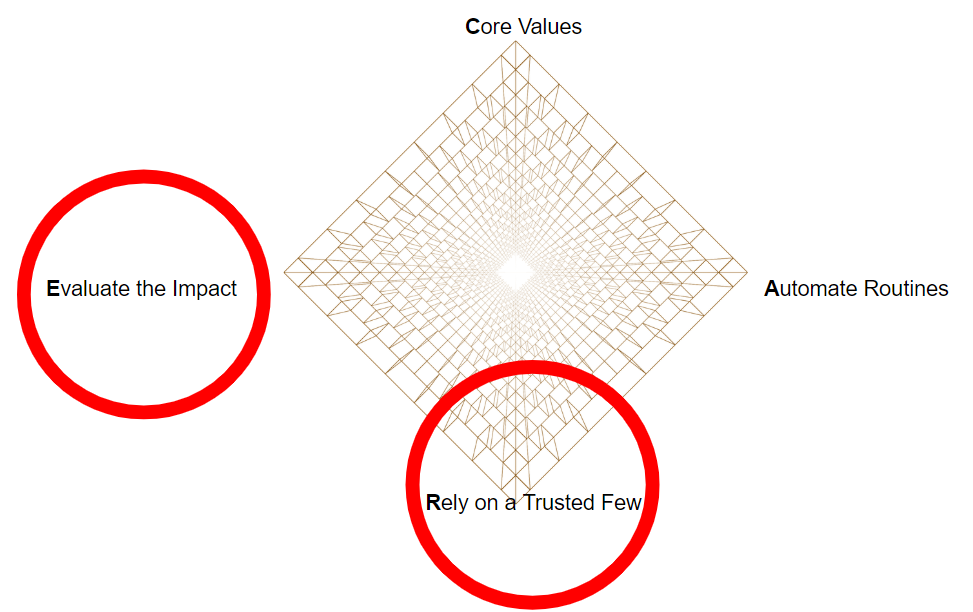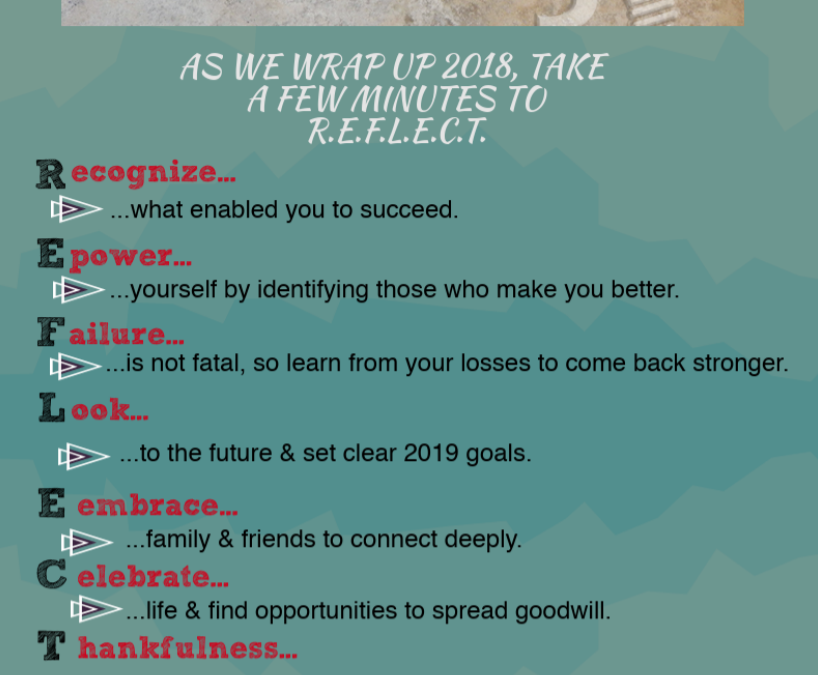The Three Minute Challenge: Be the Examiner — #TheThreeMinuteChallenge
Slumped shoulders, sour stomach, feeling a little down, or worse yet, a sense of dread–these are the awful emotions and physical reactions that you experience in light of a calendar notice. No, we’re not talking about how you feel when it’s time to visit the dentist, but rather those routine meetings you’re faced with on a regular basis.
Interestingly, Forbes recently ran an article that focused on why employees hate meetings. It’s a sad reality, but many employees don’t see the value or the benefit of the meetings that they’re required to attend. The truth, though, is that with the right frame of mind and the appropriate structures, meetings can be powerfully productive. Last week, we introduced one of the first roles that you can play at your meetings, the moderator, which enables voice and perspective on the team.
One primary reason behind establishing clear roles, explicitly or implicitly, is to create an environment that equalizes the participants at the table. Job titles, experience, and personality are just some of the factors that influence a meeting’s productivity. Last week in our post, we focused on the moderator as a role you can take to be a quality team player, and this week want to introduce the examiner to further demonstrate how you can take the lead in a new way to make your meetings the best that they can be.
The examiner is the person who vets, tests, and even challenges the ideas and thoughts that are brought to the table. The primary role of the examiner is to probe, ask questions, and dissect the topic that is being discussed. This is not a role that everyone is comfortable assuming, especially if the idea or topic being discussed is brought forth from a superior. However, one frustration among many meeting participants is that meetings lack substance, don’t tackle the main issue, and fail to include quality discussions. The examiner pushes the thinking to go deep into the problems, and creates a good rumble.
Although we are discussing roles at meetings, our focus this month is about how you can be a great teammate. Teammates challenge one another for the betterment of the organization. The key is in creating healthy conflict as a norm where participants feel comfortable. Next time you’re in a meeting, introduce this concept and be willing to be the first one to accept this role.
- Examiners ask questions. Their job is to put the idea or concept through a stress test. Too often, silence among team members is accepted as agreement. But, we know that it’s more likely that they simply want the meeting to end. The examiner creates discussion by probing the group to dive deeper.
- Examiners pose a challenge. The role of examiner provides a platform to challenge ideas, systems, and processes in a safe space. Again, not everyone is comfortable taking on this task, but to practice being a great teammate means getting out of your comfort zone. One way to challenge without sounding like you’re poking holes in an idea is to gently say, “does the group mind if I ask a few questions to examine this further?” If you’re not named in the role of examiner, you can still take on that role in a way that isn’t threatening for the group.
- Examiners improve the discussion. The main reason that the examiner is so important for every meeting is that they improve the quality and depth of the discussion. People hate dry and drab meetings, but exciting dialogue is always productive. In challenge #1 above, the examiner asks questions in the group. For this challenge, take a minute at your next meeting and reflect (to yourself) about what would make the discussion more lively and what you might need as a participant. Chances are, other participants need the same thing. Plan to provide it in the moment or jot a note for the next meeting.
Technical Tip: Asking great questions is not easy so we ask that you follow Rudyard Kipling’s Six Honest Serving Men poem as a framework to guide you. You can choose to ask what questions, by getting the group to define the what further. You can ask why questions about purpose and value. The key is to use Kipling’s what, why, when, how, where, and who as sentence starters to get the conversation flowing productively.
I keep six honest serving men, they taught me all I knew.
Their names are What and Why and When
and How and Where and Who.
Reach out and share your story with us.
Stay tuned for more challenges, reflection questions, leadership models, podcasts, and more by following dereka206.sg-host.com. It’s our job to curate, synthesize, and communicate so that you can lead better and grow faster. In a world plagued by nothing but noise, we help you by getting to simple.
TheSchoolHouse302 is about getting to simple by maximizing effective research-based strategies that empower individuals to lead better and grow faster.



 As always, please like, follow, and comment. If you have topics of interest, guests you want us to interview, or books that we should read and recommend, please let us know that as well.
As always, please like, follow, and comment. If you have topics of interest, guests you want us to interview, or books that we should read and recommend, please let us know that as well.

 As always, please like, follow, and comment. If you have topics of interest, guests you want us to interview, or books that we should read and recommend, please let us know that as well.
As always, please like, follow, and comment. If you have topics of interest, guests you want us to interview, or books that we should read and recommend, please let us know that as well.
 7 Mindshifts for School Leaders: Finding New Ways to Think About Old Problems.
7 Mindshifts for School Leaders: Finding New Ways to Think About Old Problems. 


